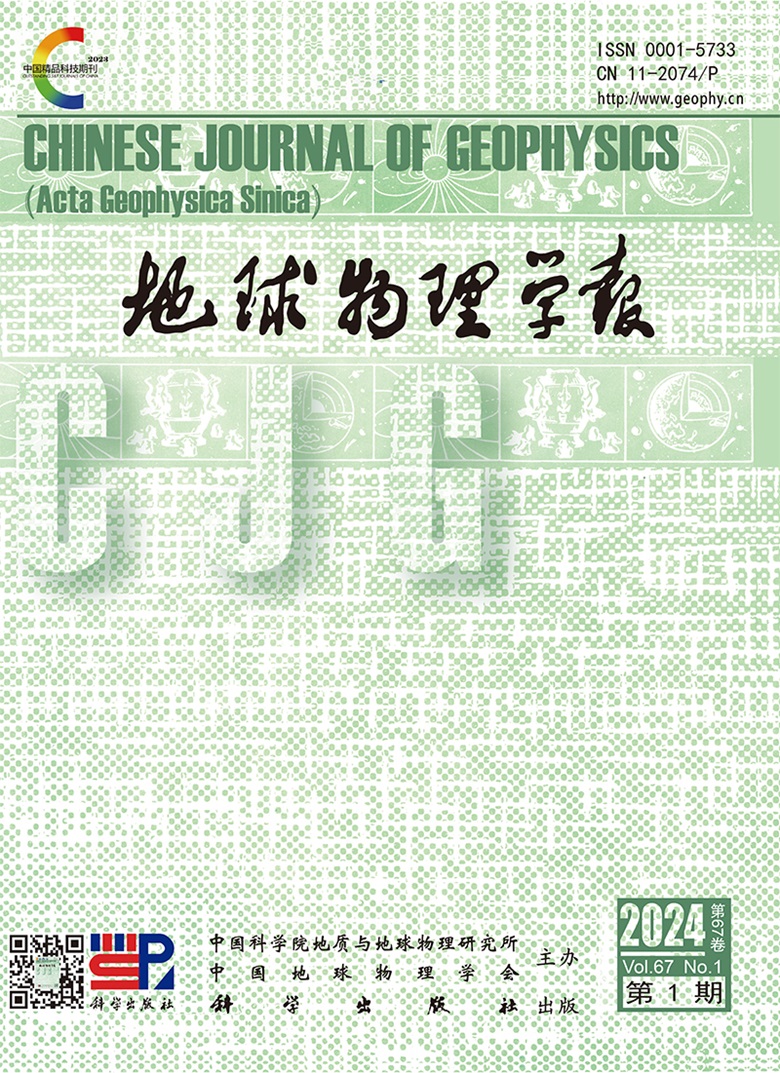Sedimentary evolution since Quaternary in the Shenhu hydrate drilling area, northern South China Sea
IF 1.4
4区 地球科学
Q3 GEOCHEMISTRY & GEOPHYSICS
引用次数: 11
Abstract
The marine gas hydrate samples in China were for the first time acquired in the Shenhu area,northern continental slope of the South China Sea.However,due to erosion by the submarine canyons,the stratigraphic comparison and identification of sedimentary facies were difficult,leading to the lack of description of seismic-sedimentary facies,analysis of forming mechanisms and distribution of the sedimentary units.Moreover,few researches focused on the sedimentary evolution since Quaternary,and the crucial controlling factors on the heterogeneous distribution of gas hydrate are not clearly understood.Using high-resolution 2D/3Dseismic data,this study attempts to classify the seismic facies and discuss the sedimentary evolution in this area since Quaternary.This work is based on the high-resolution 2Dand 3Dseismic data obtained by Guangzhou Marine Geological Survey in 2006,with a trace interval of 12.5mand vertical resolution of 10~20 m.Firstly,we make an integrated analysis of seafloor topographic features,sequence stratigraphic framework and high-resolution seismic data,perform a classification of seismic facies have been classified,and describe morphological features and internal architectures accurately.Secondly,in terms of sediment supplies from the north and seafloor topography,deep-water sedimentary process is analyzed.Also,the sedimentary evolutions since Quaternary are re-built.Subsequently,the relationship between deep-water sediments since Quaternary and distribution of gas hydrates are discussed.Five types of seismic facies were identified,involving prograding slopes,small-scale turbidite channels in the Early Quaternary,sediment failures(including slides and slumps),submarine canyons and concomitant transformation of deposits,and the mixture of abysmal deposits and mass transport complex.The three phases of sedimentary evolution since Quaternary in the Shenhu area were re-built,which are turbidite channels erosion and re-deposited sediments,prograding slopes and sediments failures,and erosion and sedimentation of submarine canyons.Eroded by small-scale turbidites,re-deposited sediments would be near-source stacked with relatively good property conditions,which might be regarded as the potential suitable reservoirs for gas hydrates.The deposits transported from prograding slopes could lose the balance easily and result in sediments failures widespread in the Shenhu area.Because of the fine-grain particle and vertical continuity,sediment failures could be thought as the regional cap rock.Abundant submarine canyons and concomitant transformation of deposits could erode and destroy underlying strata,which modified suitable deposits as patch distribution.Hence,the sedimentary evolution since Quaternary was considered as one of the crucial controlling factors on the heterogeneous distribution of gas hydrate in the Shenhu hydrate drilling area,northern South China Sea.南海北部神狐水合物钻探区第四纪以来沉积演化
中国首次在南海北部陆坡神狐海域获得海相天然气水合物样品。然而,由于海底峡谷的侵蚀作用,沉积相的地层比较和识别困难,导致地震-沉积相的描述、沉积单元的形成机制和分布分析缺乏。此外,第四纪以来的沉积演化研究较少,对天然气水合物非均质分布的关键控制因素认识不清。利用高分辨率二维/三维地震资料,对该区第四纪以来的地震相进行分类,探讨该区的沉积演化。本文基于广州海洋地质调查局2006年获得的二维和三维高分辨率地震资料,道距为12.5,垂向分辨率为10~20 m。首先,综合分析海底地形特征、层序地层格架和高分辨率地震资料,对已分类的地震相进行分类,准确描述形态特征和内部构型;其次,从北方输沙和海底地形出发,分析了深水沉积过程。重建了第四纪以来的沉积演化过程。讨论了第四纪以来深水沉积与天然气水合物分布的关系。确定了5种地震相类型,分别为:前冲积坡相、早第四纪小尺度浊积河道相、沉积失稳(包括滑坡和滑塌)相、海底峡谷相和沉积伴生转化相、深海沉积与块体搬运杂岩相混合相。重建神狐地区第四纪以来的沉积演化3个阶段,即浊积岩河道侵蚀与再沉积、进坡与沉积物破坏、海底峡谷侵蚀与沉积。再沉积沉积物受小尺度浊积岩侵蚀,形成近源堆积,物性条件较好,可视为天然气水合物的潜在适宜储层。从进坡搬运的沉积物容易失去平衡,导致沈狐地区普遍存在沉积物失稳现象。由于其颗粒细、纵向连续性强,可将其视为区域性盖层。丰富的海底峡谷及其伴生的矿床改造对下伏地层具有侵蚀和破坏作用,使适宜矿床呈斑块状分布。因此,第四纪以来的沉积演化被认为是南海北部神狐水合物钻探区天然气水合物非均质分布的重要控制因素之一。
本文章由计算机程序翻译,如有差异,请以英文原文为准。
求助全文
约1分钟内获得全文
求助全文

 求助内容:
求助内容: 应助结果提醒方式:
应助结果提醒方式:


